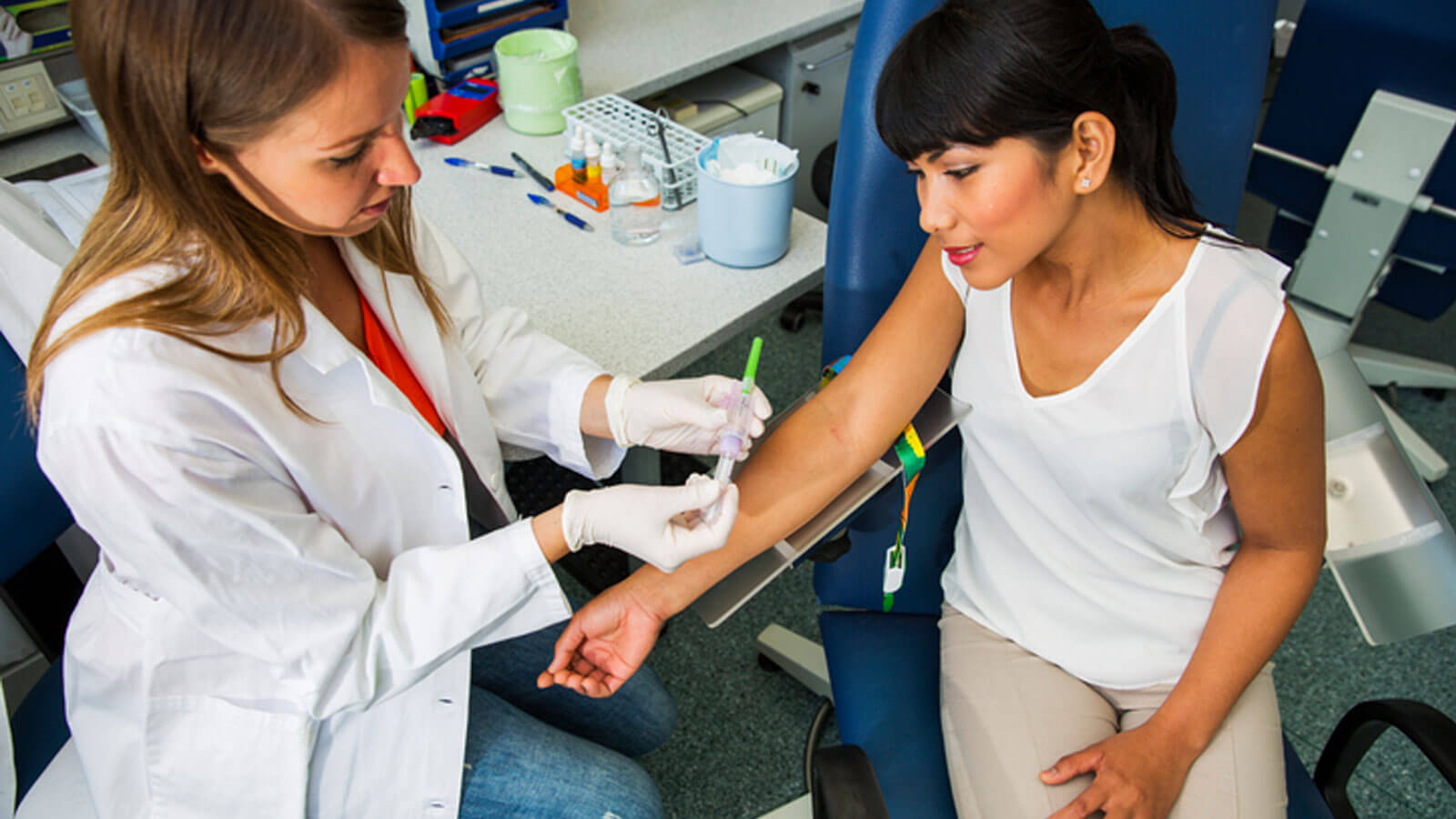Prevent & Prepare: Tips to Manage Hemophilia Symptoms

At Pfizer, we are proud to advance hemophilia care by supporting collaborative efforts like the World Federation of Hemophilia’s (WFH) Twinning Program, which fosters global knowledge-sharing and strengthens care in both emerging and established communities. Together we are helping build a more connected and empowered global hemophilia community.
We also understand that hemophilia can be daunting, not just for the person who has the condition but for their friends and families as well. Minor injuries can turn into major bleeds, and bleeds can even develop spontaneously, and recurrent bleeding into the joints can lead to chronic joint pain and damage.1 That’s why, ahead of World Hemophilia Day on April 17, we’re sharing tips about how to manage the disorder, to support those who have hemophilia and to help their family and friends support them, too.
How to Prevent Hemophilia Symptoms
Establish a relationship with a trusted healthcare team: Establishing care with healthcare providers who have knowledge about hemophilia can help patients manage the disorder. A good option is a finding a center that has a care team that specializes in bleeding disorders and speaking with your doctor about a treatment plan that may be right for you.2
Get tested each year for inhibitors: If someone with hemophilia develops an inhibitor, they might have less success stopping or preventing bleeds. They may require special treatment until their body stops producing inhibitors. By getting tested regularly, people with hemophilia can prevent dangerous complications from arising. Inhibitor testing is free at many centers that specialize in hemophilia.3
Stay active - safely. It’s important for everyone to stay active, even people who have a bleeding disorder. People with hemophilia should choose sports and activities that promote activity without contact, such as swimming, hiking, and golf. Sports like soccer, hockey, and football pose a high risk for people living with hemophilia, however.4 Protective gear—including helmets and kneepads—are especially important to wear.5
How to Prepare for a Bleeding Episode
Wear a medical alert accessory. Someone who has hemophilia should wear a bracelet or necklace that will alert healthcare professionals to the condition, so they can adjust medical treatment as needed.6
Leave the house prepared. When you go on a day trip or vacation, bring a go-bag that includes medication, supplies, an insurance card, a treatment log, and hard copies of important contact information (including the emergency department, your doctor, and 1-800-42-HANDI, which can direct you to a nearby hemophilia center).7 If you live with someone who has hemophilia or are traveling with them, ask them where you can find this go-bag in case of an emergency.
Create a manual: Assemble a manual to keep at home that contains important information, such as current medical and treatment information, steps to infuse factor, and directions to the nearest treatment center.6 Let your friends and family know where you keep this, in case of an emergency.
Learn more about hemophilia:
- Bridging Global Gaps in Hemophilia Care: Learn about the World Federation of Hemophilia Twinning Program.
- Investigating the Next Wave of Innovation to Help People with Hemophilia: This video shares the stories of parents who have children with hemophilia, as well as their hopes for the next generation of hemophilia treatments.
- Hemophilia Q&A: Learn the answers to common questions about this bleeding disorder.
- Supporting the Hemophilia Community: Pfizer offers ideas to help people support those who have hemophilia.
References:
[1] About Hemophilia. Centers for Disease Control and Prevention. March 5, 2025. Accessed April 9, 2025. https://www.cdc.gov/hemophilia/about/index.html
[2] Living with Hemophilia. Centers for Disease Control and Prevention. June 27, 2025. Accessed April 9, 2025. https://www.cdc.gov/hemophilia/living-with/index.html
[3] Testing for Inhibitors and Hemophilia. Centers for Disease Control and Prevention. May 15, 2024. Accessed April 9, 2025. https://www.cdc.gov/hemophilia/testing/testing-for-inhibitors-and-hemophilia.html
[4] Hemophilia: Preventing Bleeding Episodes. Columbia University Irving Medical Center. Accessed April 9, 2025. https://www.columbiadoctors.org/health-library/article/hemophilia-preventing-bleeding-episodes/
[5] Living With Bleeding Disorders. National Institutes of Health: National Heart, Lung, and Blood Institute. August 7, 2023. Accessed April 9, 2025. https://www.nhlbi.nih.gov/health/bleeding-disorders/living-with
[6] Family Emergency Kit Checklist for People with Bleeding Disorders. Centers for Disease Control and Prevention. Accessed April 9, 2025. https://www.cdc.gov/hemophilia/media/pdfs/FamilyEmergencyChecklist-Kit-Update-FINAL.pdf
[7] Emergency “To Go” Bag. Hemophilia Federation of America. 2015. Accessed April 9, 2025. https://www.hemophiliafed.org/uploads/FAM_BePreparedToolkit_ToGoBag_2015.pdf
